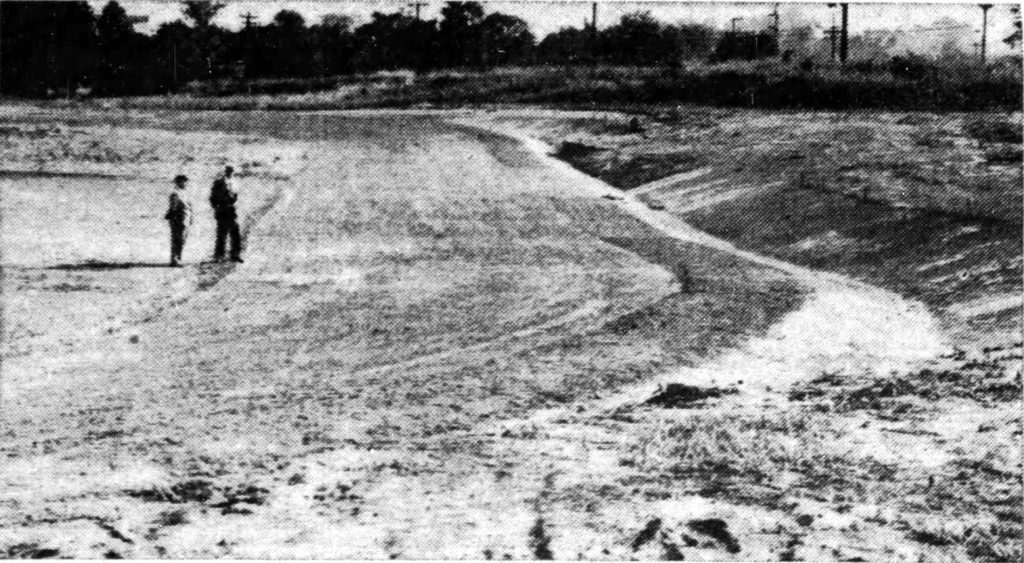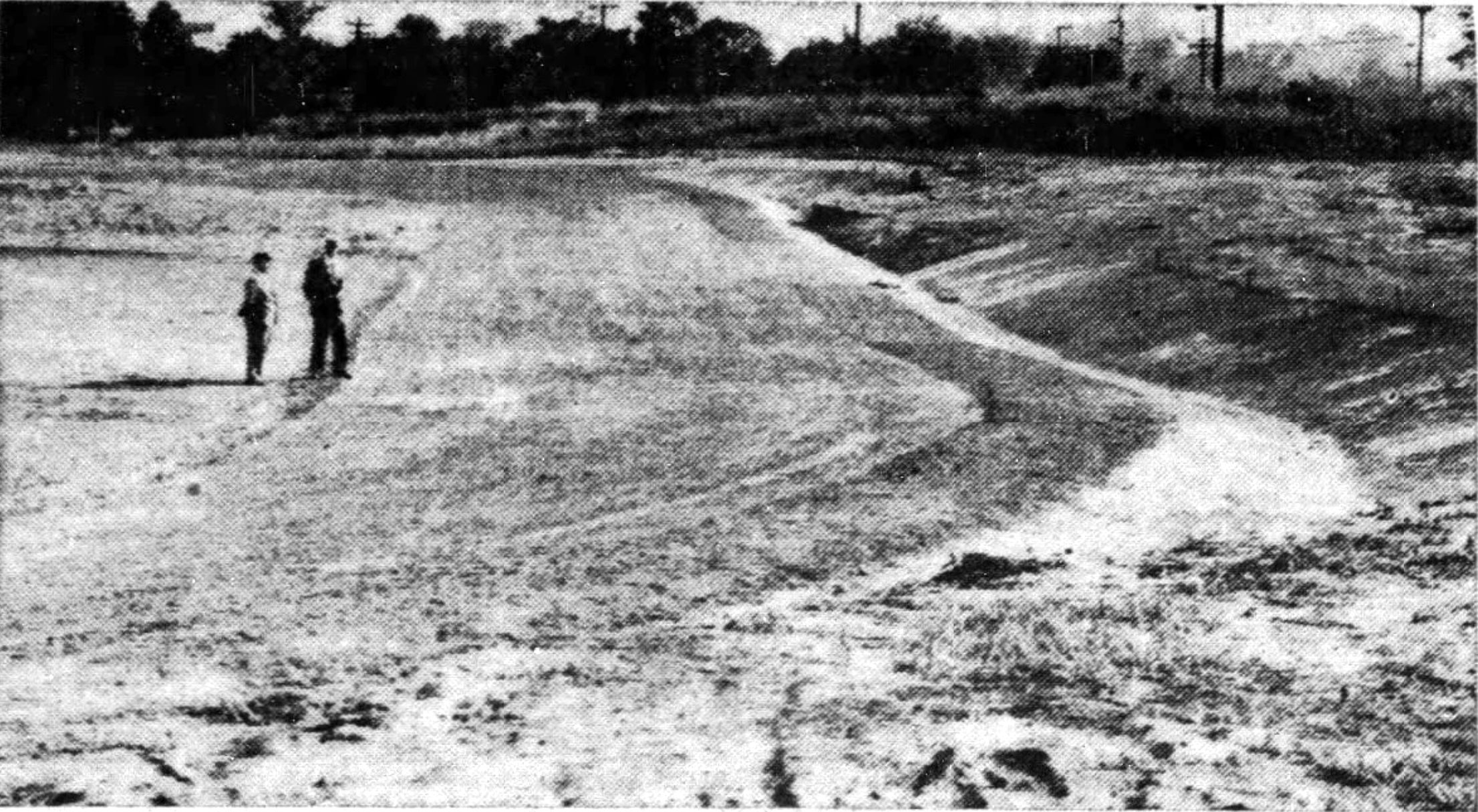More than 30 years after the famed bicycle track hosted its last race in 1902, cycling enthusiast Charles Wehr purpose-built another track to host races and provide children a place to ride their bicycles safely. The track was located on property adjacent to Brookside Park, southeast of the corner of Sherman Avenue and 21st Street. Its location led to the track being referred to as both the Sherman Street track and the track at Brookside.
In the late 1930s, the city of Indianapolis approved Wehr’s plan to build a bicycle track for children on city land. Using his status as a member of the Amateur Bicycle League of America and as the supervisor of the City Parks Cycling Club, Wehr had hosted numerous biking events and races around the city, including at the track at the , the running track at Willard Park (see ), the venue then named the Butler Fieldhouse (see ), and various road races. For Wehr, promoting bicycling for children had been a long-running mission. In a 1937 interview with the , he described his 25-year-effort to enlist mayoral support for building a bicycling track for the boys of Indianapolis (no mention was given as to whether girls would also be using the track) in order to keep them safe from road traffic. However, he had been rebuffed each time. It was not until the , and the availability of funding from various public works programs, that the track received city support.

The federal government’s Works Progress Administration started construction of the track in the summer of 1937. The reported that the track was to be an oval shape, 1/6 of a mile in length, and thirty feet wide, surfaced with cinder on top of clay. According to Wehr, the four-foot bank at each turn would allow proficient cyclists to complete a mile in a mere two minutes and ten seconds.
After the track’s completion in early 1938, Wehr hosted numerous bicycling events and practices there, especially for the various cycling clubs in the city. In June of 1938, the Edgewood Wheelmen, Irvington Cycle Club, and the South Side Cycle Club hosted a two-hour race at the track. In July of 1940, the Irvington Cycle Club sponsored a series of amateur races there. Local political parties also ran bike races, particularly the , whose ward officials would sponsor races as part of party events on the east side and for the wider city.
Groups continued to host events at the track into the 1940s. However, the bike track did not last long past Wehr’s death on July 26, 1942. It fell out of use in the mid-1940s. The impact of war rationing on the bicycle industry during may have limited the use of the track during those years and contributed to its decline. In 1947, the Board of Park Commissioners allowed the city’s sanitation department to use the property as a trash dump. This practice continued until 1953. That year, a group of citizens from the surrounding neighborhoods presented the mayor with a petition, signed by more than 500 people, asking that the property be reverted to its park purpose. Such campaigns succeeded in ending trash dumping at the site.
In the 1950s it was converted to industrial use, while the southern section was used for softball and baseball fields. The recreational use for the southern part of the property continued until the ballfields were closed in 2020 to create parking for adjacent industrial and commercial properties.
The Brookside Park bicycle track was not the first track used for cycling purposes in Indianapolis, nor was it the last. Even at the time of its construction, cycling events took place at various running tracks around the city, while other running tracks were being modified for cycling use. However, the track at Brookside Park was unique locally because it was built specifically for bicycling.
FURTHER READING
- The author adapted this EOI entry from their original article:
- Fujawa, Ed. “The Fast and Furious Life of the Brookside Park Bicycle Track.” Class 900: Indianapolis, June 29, 2022. https://www.class900indy.com/post/the-fast-and-furious-life-of-the-brookside-park-bicycle-track.
CITE THIS ENTRY
APA:
Fujawa, E. (2025). Brookside Park Bicycle Track. Encyclopedia of Indianapolis. Retrieved Dec 14, 2025, from https://indyencyclopedia.org/brookside-park-bicycle-track/.
MLA:
Fujawa, Ed. “Brookside Park Bicycle Track.” Encyclopedia of Indianapolis, 2025, https://indyencyclopedia.org/brookside-park-bicycle-track/. Accessed 14 Dec 2025.
Chicago:
Fujawa, Ed. “Brookside Park Bicycle Track.” Encyclopedia of Indianapolis, 2025. Accessed Dec 14, 2025. https://indyencyclopedia.org/brookside-park-bicycle-track/.

Help improve this entry
Contribute information, offer corrections, suggest images.
You can also recommend new entries related to this topic.
